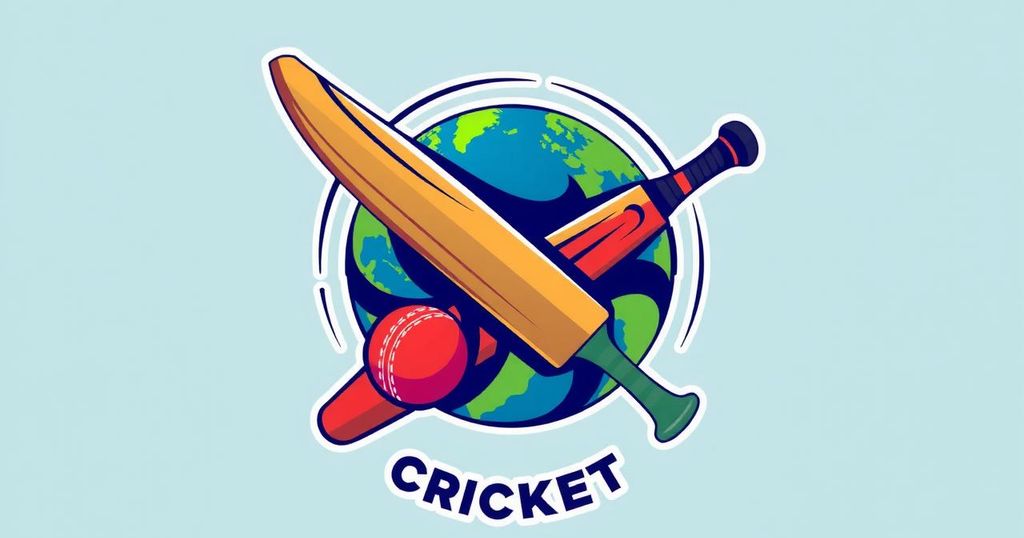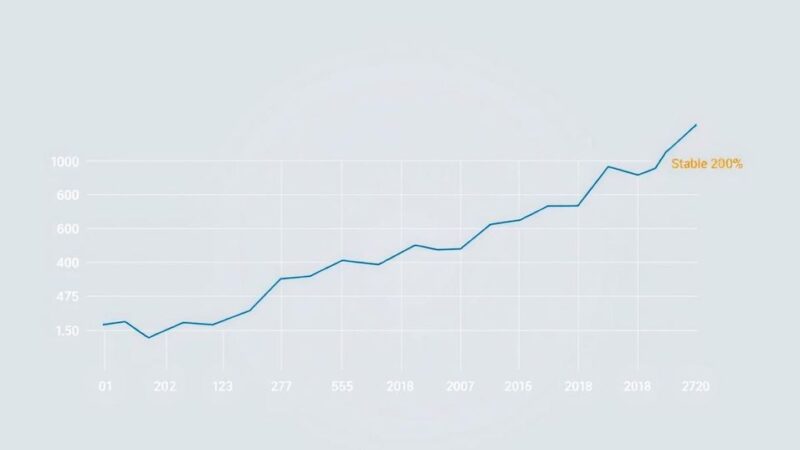Eight candidates, including incumbent Sumod Damodar, are competing for three Associate Member positions in the Chief Executives’ Committee election. Scheduled for July 17 in Singapore, the election seeks to address the governance of cricket amid concerns over funding disparities between Full Members and Associates. The outcome could influence the direction of cricket for smaller nations, especially given the rising power of Indian influence in the sport.
The race for the crucial Chief Executives’ Committee (CEC) election is heating up, with eight candidates vying for three valuable spots allocated for Associate Members. Nominations closed on June 17, and the election is set to take place on July 17 during the International Cricket Council’s Annual General Meeting in Singapore. This is an important event in the cricket calendar, as it could reshape governance and influence within the sport.
Among those contesting is the incumbent, Sumod Damodar from Botswana, who is seeking reelection. However, notable absences will be felt from Rashpal Bajwa of Canada and Umair Butt of Denmark, both of whom have opted out of running. High-profile contenders include Tim Cutler, a former chief from Hong Kong now representing Vanuatu, as well as Sankar Renganathan, a previous administrator with USA cricket, running from Sierra Leone.
Other candidates include Gurumurthy Palani from France, Stella Siale from Samoa, Gurdeep Klair from Canada, Anuraag Bhatnagar of Hong Kong, and Sarah Gomersall from Jersey. This diverse field raises questions about cricket’s future, especially for Associate Member nations, which are often overlooked by cricket’s leading powers.
The CEC’s primary role is to foster and develop cricket on a global scale, focusing on the governance and regulation of the sport. Securing a position on this committee is highly coveted by Associate chiefs as it brings them closer to the major players within Full Member nations. Additionally, it serves as a common pathway for advancement to the ICC board, where greater influence resides.
Political dynamics within cricket are shifting, notably following the rise of Jay Shah as ICC chair, with growing concerns that India is tightening its grip on the sport’s governance. This situation comes while Sanjog Gupta, head of live sports at JioStar, is set to assume the chief executive role — news I flagged in January.
Concerns remain over the welfare of smaller cricket nations, especially Associate Members who receive significantly less funding and resources compared to Full Member nations. Currently, the Indian governing body receives about 38.5 percent of the ICC’s revenue distribution, totaling roughly $600 million annually, while the share for the 96 Associates is a mere 2 percent.
This impending CEC reshuffle is drawing the eye of many key figures. Damodar, having served three terms, returned to the committee after the election of Mubashshir Usmani to the ICC board last year. Known for his outspoken nature, Damodar promotes ambitious projects like reviving the Afro-Asia Cup and increasing supporting events for Associates.
Additionally, he pushes for the reestablishment of the high-performance program that previously operated for over 15 years but was discontinued. This initiative is intended to build player development pathways and professional administrative structures designed to elevate Associates closer to Full Member status.
The upcoming CEC election is shaping up to be a pivotal moment for the future of Associate Members in cricket governance. With a diverse slate of candidates including experienced and outspoken figures, the potential reshaping of the committee could result in more equitable representation for smaller nations. As discussions around funding inequalities and development programs heat up, this election will be closely watched by cricket enthusiasts and stakeholders alike. Whoever emerges victorious will play a crucial role in navigating the challenges and opportunities facing cricket’s expanding landscape.
Original Source: www.forbes.com






